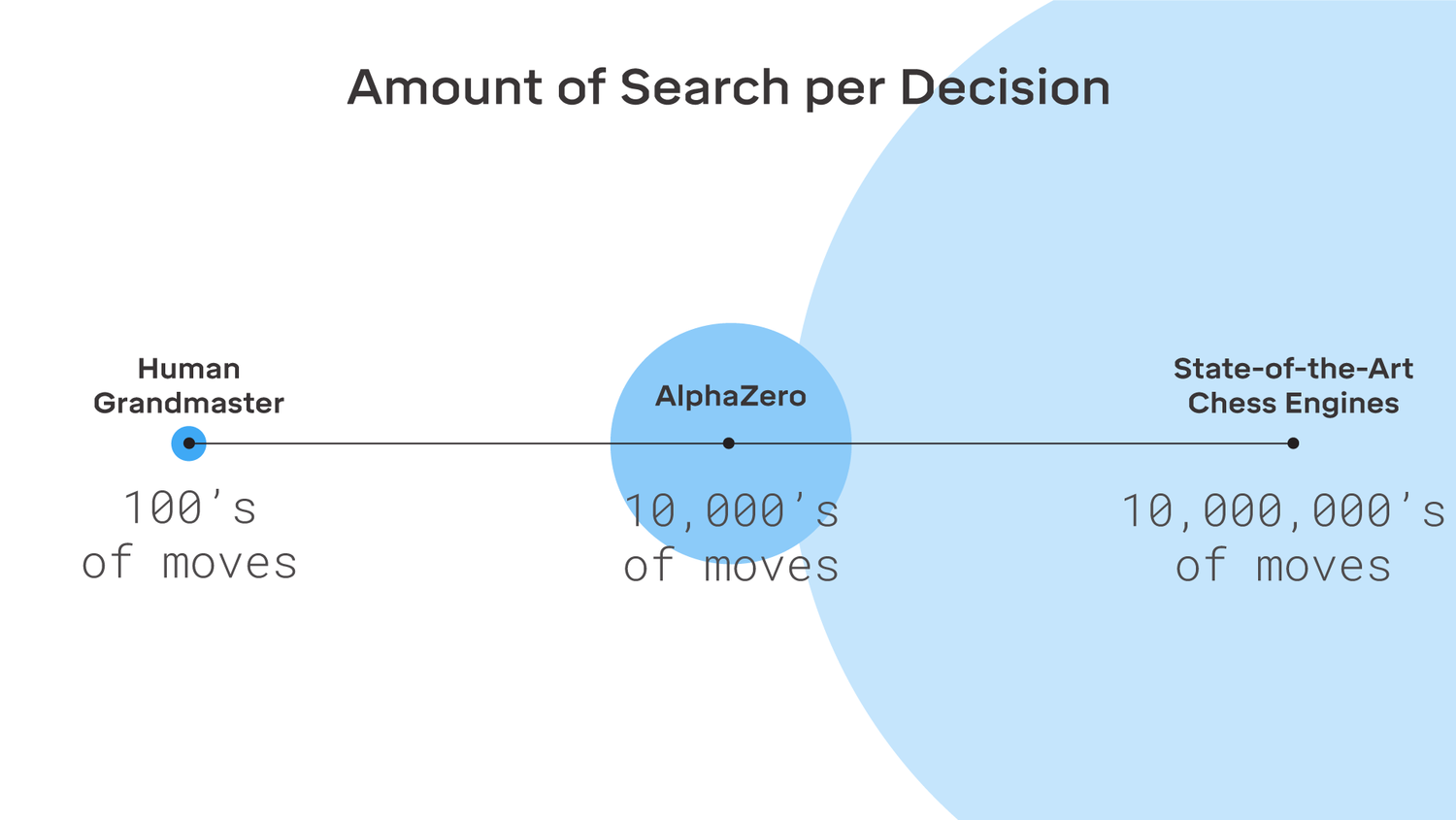

Here’s an illustration I made using Wolfram Mathematica: Let’s begin by studying the first - and most interesting - layer.
a single scalar output to give a numerical score for the position, indicating how favourable it is for the player about to move.Įverything is done using integer arithmetic, with 16-bit weights in the first layer and 8-bit weights in the remaining layers. three much smaller layers (with 17.5k parameters in total) which are evaluated densely using vector instructions. a large (10.5M parameters!) input layer, illustrated below, that can utilise two different levels of sparsity for computational efficiency. Specifically, it’s a simple feedforward network with: The real cleverness of Stockfish’s neural network is that it’s an efficiently-updatable neural network (NNUE). It’s still much simpler than Leela Chess’s neural network, and only slows down Stockfish to exploring 50 million positions per second. They also use different tree search approaches: Stockfish uses a variant of alpha-beta pruning, whereas Leela Chess uses Monte Carlo tree search.Īn important recent change to Stockfish was to introduce a neural network to evaluate the positions in the search tree, instead of just relying on hardcoded heuristics. To recap, Stockfish evaluates about 100 million positions per second using rudimentary heuristics, whereas Leela Chess evaluates 40 000 positions per second using a deep neural network trained from millions of games of self-play. 
Last time, we briefly mentioned the high-level differences between Stockfish and Leela Chess.








